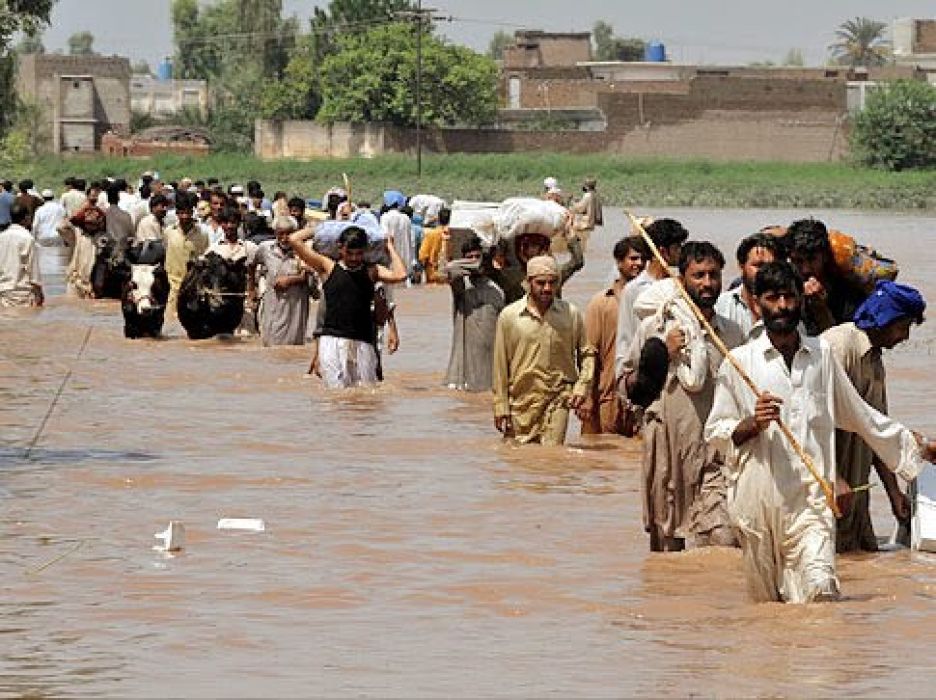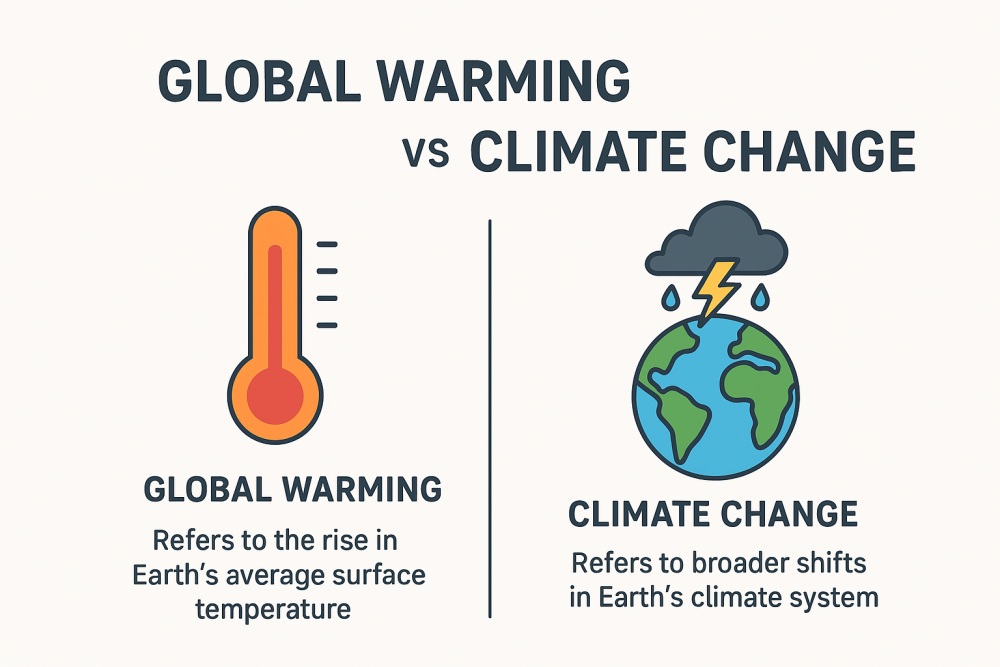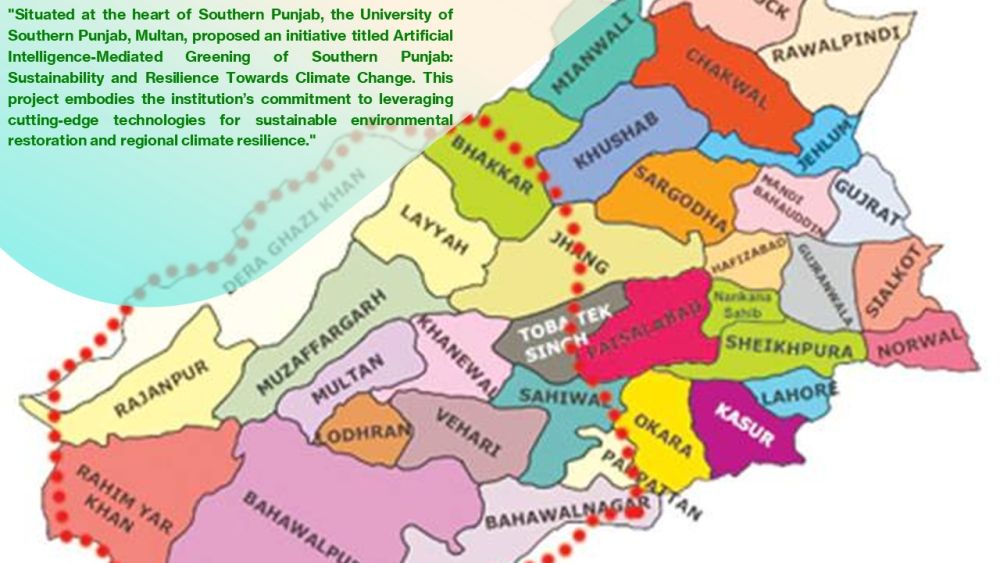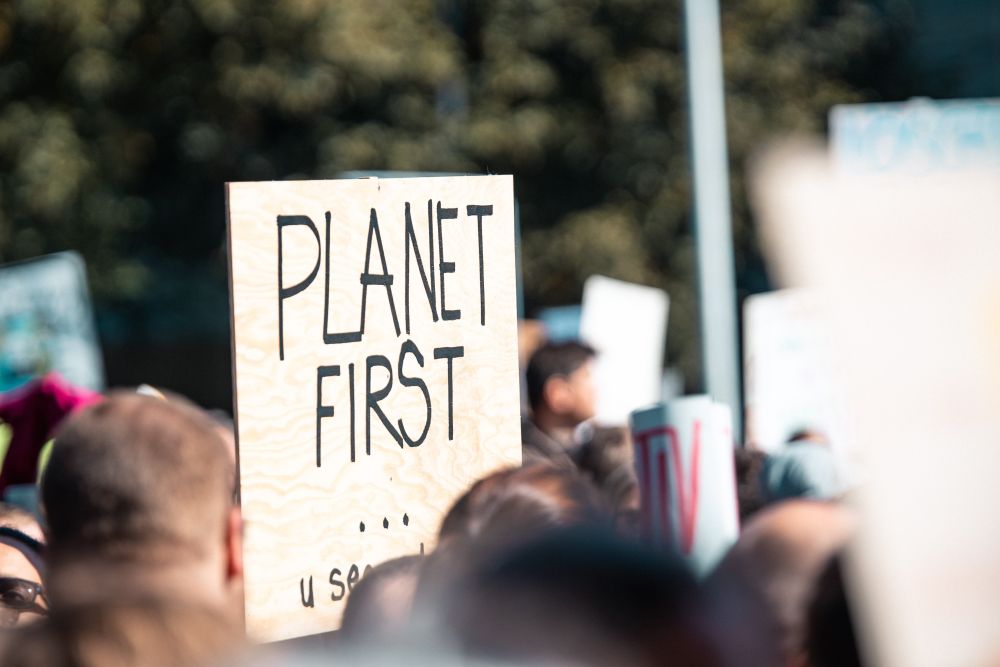65/25 Why Pakistan Is Drowning in a Crisis It Didn’t Create?
Posted 2 months ago
Pakistan, a nation that contributes less than 1 % of global greenhouse gas emissions, is currently grappling with the urgent and escalating impacts of climate change. The devastating flooding and torrential rains that are ravaging its lands are not of its own making. This is a story of global imbalance, local fragility, and a pressing call for climate justice.
The Paradox: Low Emitter, High Victim
It is startling: Pakistan’s historical carbon footprint is tiny compared to major industrial economies. However, climate change follows no moral ledger; its impacts fall where vulnerability meets exposure. Pakistan is one of the world’s most climate-stressed nations, ranking consistently high in the Global Climate Risk Index.
So when monsoon rains turned into “monster storms,” Pakistan paid the price. In 2022 alone, one-third of the country was submerged, millions were displaced, crops were ruined, and long-term health crises were unleashed.
The tragedy is that many factors exacerbating the devastation are human, political, and institutional, and therefore preventable.
A System on the Brink: Fault Lines of Governance
Poor spatial planning and illegal construction: Homes and communities have been built on floodplains and riverbanks in breach of building codes. When rivers overflow, these areas become death traps.
Weak disaster readiness: Forecasts warned of heavy monsoons, but infrastructure (embankments, drainage systems, and early warning networks) was either inadequate or neglected.
The Human Cost: Beyond Flooded Homes
Floodwater is only the visible face of destruction. The ripple effects are profound and long-lasting:
Health crises: Stagnant water breeds malaria, dengue, cholera, diarrhea, and other diseases, and poor sanitation multiplies these threats.
Food insecurity: Crops and livestock, the backbone of rural livelihoods, are wiped out. Replanting or restocking what remains is expensive.
Displacement & urban pressure: Millions move from flooded rural areas to cities already struggling with infrastructure, housing, jobs, and social services.
Economic drag: The cost of reconstruction, loss of productivity, and disrupted supply chains strain national and local budgets.
Social and mental toll: Loss, instability, and trauma affect communities and individuals, especially the poorest and most marginalized.
The Global Equity Question: Who Bears the Cost of the Damage?
This is where the narrative gets structural. High-emitting nations bear historic responsibility for the climate imbalance. Yet those very nations often resist mechanisms to compensate or assist those harmed.
Pakistan and other vulnerable countries have called for “loss and damage” funds and international support to help repair harm from climate impacts they did not cause.
A Roadmap Forward: Resilience, Reform & Voice
How does a country bearing the brunt of climate change chart a path to survival and dignity? Here are essential strategies:
Invest in climate-resilient infrastructure
Build and maintain embankments, flood barriers, improved drainage, weather-resistant housing, and nature-based solutions (mangroves, wetlands). These buffer cities and rural areas alike.
Strengthen institutions & coordination
Create clear accountability, data sharing, and unified disaster command systems. Local governments must be empowered and equipped to act early.
Innovative land use & regulation
Enforce zoning laws strictly. Prevent building in high-risk zones. Use satellite mapping and GIS tools to track encroachments and danger zones.
Early warning & public awareness
Effective forecasting, alerts, community training, and drills can save lives before floods arrive.
Social protection & insurance
Provide safety nets (cash assistance, crop insurance, relocation support) to buffer communities already in precarity.
Engage international climate justice
Demand more substantial commitments from major emitters. Ensure “loss and damage” funds are real, accessible, transparent, and scaled to the real costs.
Why Pakistan’s Fate Matters to the World?
If Pakistan, with limited emissions, can be drowned by climate change, what about more vulnerable nations next? The flooding crisis is not a local story but a global symptom. Wealthy countries must understand that a stable climate is not a luxury, but a shared asset.
For global investors, policymakers, and citizens, supporting resilience in the Global South is not charity but self-interest. Unaddressed climate shocks lead to migration, economic instability, supply chain disruptions, and geopolitical stress.
Pakistan’s tragedy is a mirror held up to the international community: we are drowning, not anywhere equal, but together.





